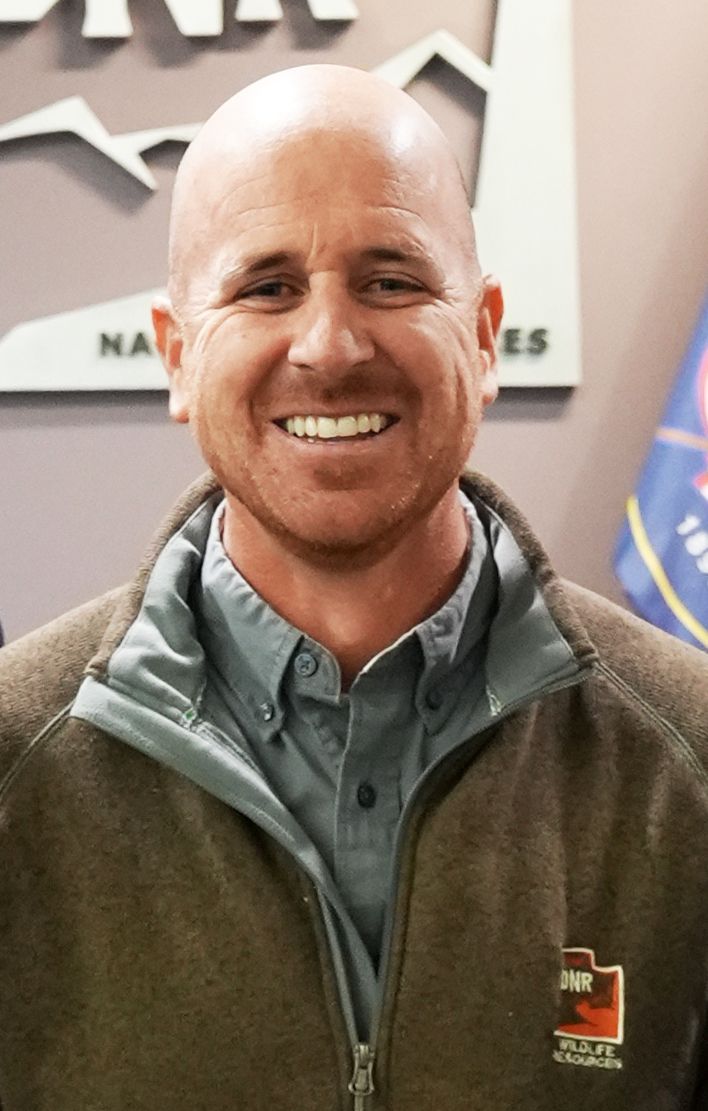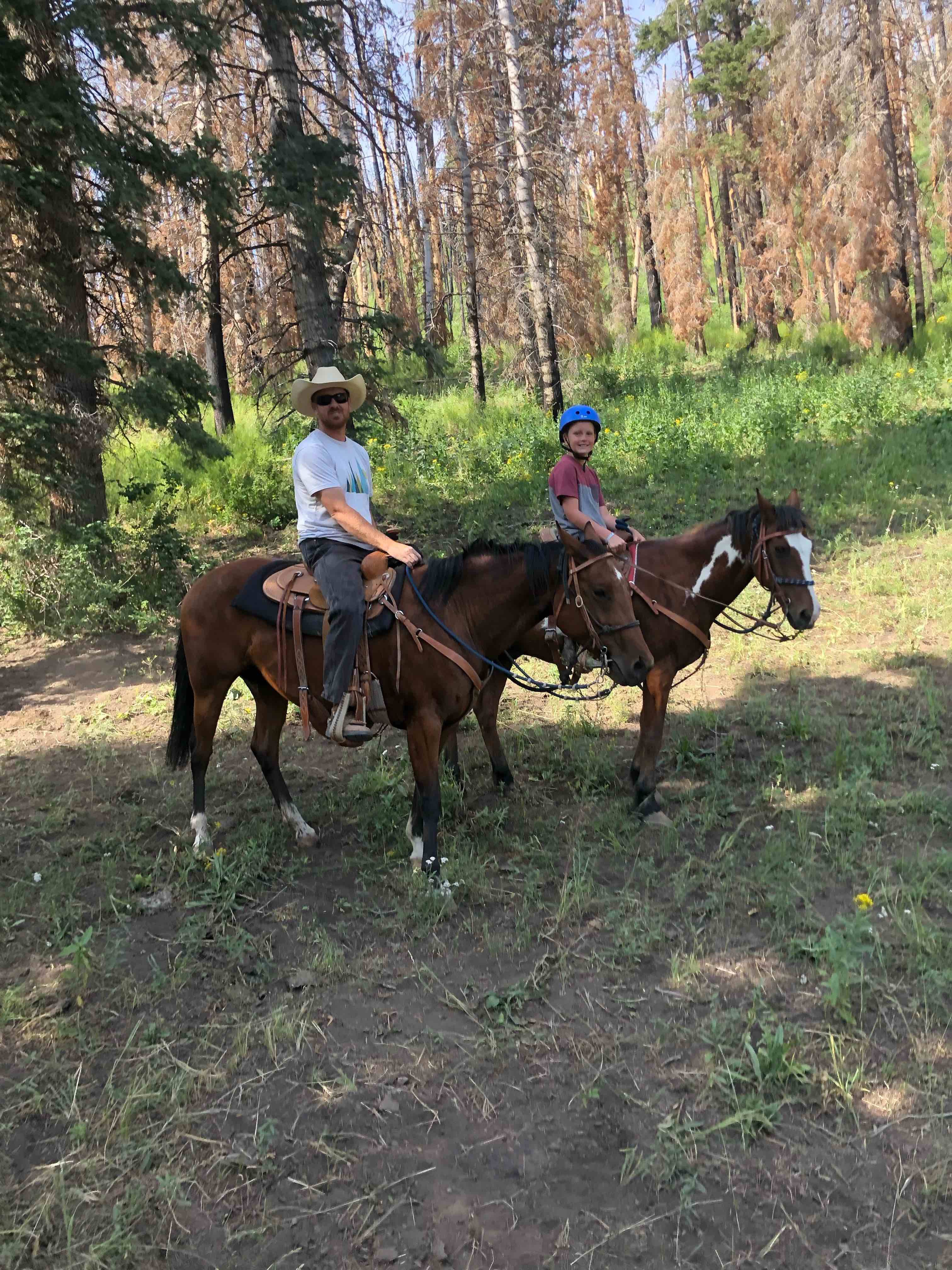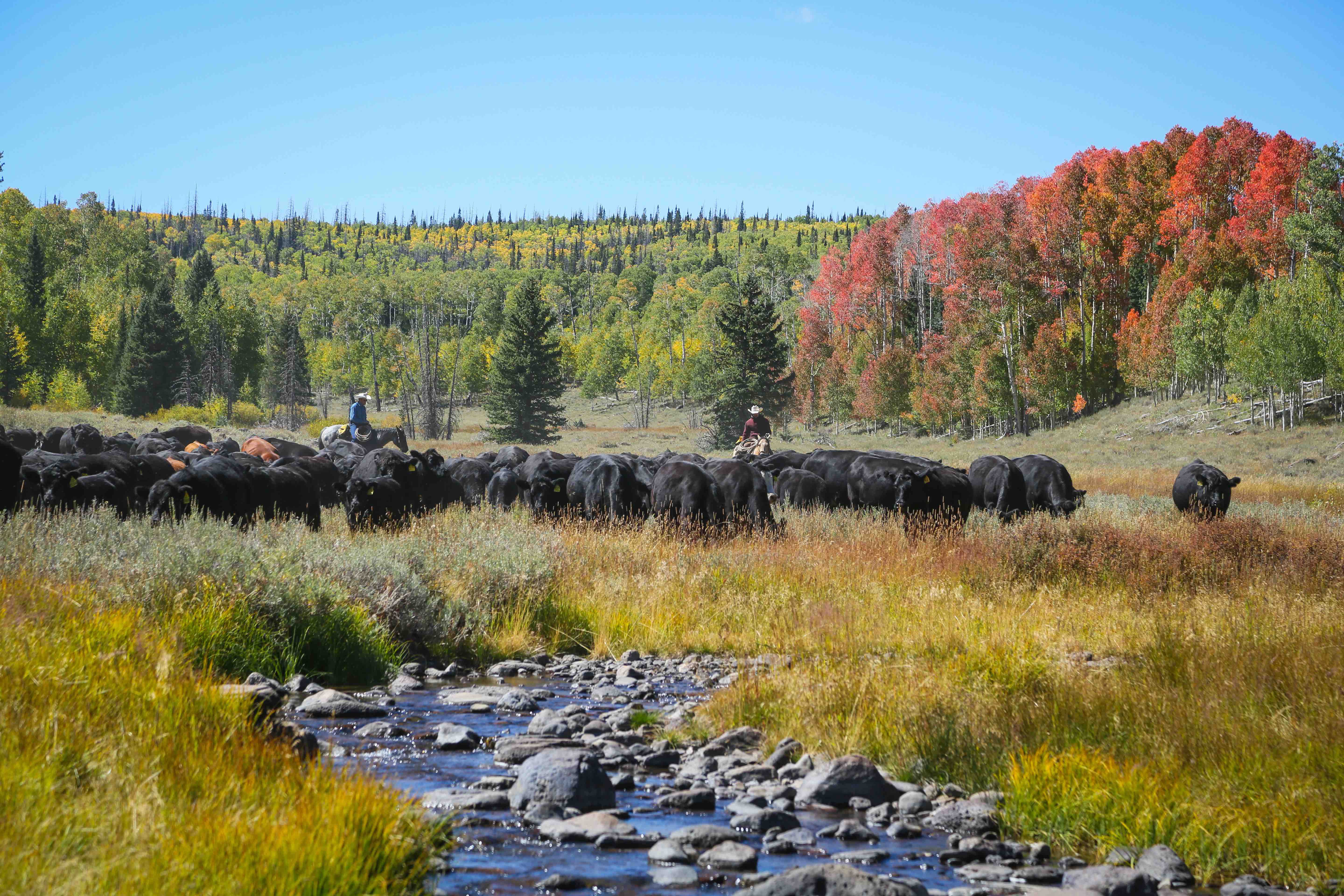Agriculture and Wildlife Working Together to Enhance Utah’s Wild Places
Published
2/8/2025
Utah’s wild landscapes are home to diverse wildlife, but balancing conservation with the needs of the state’s agricultural community can be challenging. However, the new leader at the Utah Division of Wildlife Resources (DWR) has an appreciation for agriculture’s contributions that matches his love of wildlife and Utah’s natural landscapes.
Riley Peck was recently named the new DWR director, but he’s not new to the agency. He started working with wildlife in 2006 as a native aquatics technician, and has worked as a wildlife biologist and in various positions throughout Utah since then – including managing Utah’s ‘Once-in-a-lifetime’ species program. Peck replaces former DWR Director J Shirley, who retired on Dec. 31, 2024.

With a bachelor's in biology from the University of Utah and a master’s degree in plant and wildlife science from Brigham Young University, Peck has always had a passion for the outdoors and wildlife conservation.
“I have always loved wildlife, fishing, hunting, camping, and all things outdoors and always had a desire to operate in that space. Getting to do what I am passionate about as a living has been a great privilege,” Peck said.
While he didn’t grow up on a farm or ranch himself, Peck has several ties to Utah’s ranching and farming community. His aunt and uncle are full-time cattle ranchers in Enterprise, and Peck always enjoyed the time he spent there.
He also co-owns 40 acres in Cedar Valley with family members, where they raise pigs and cows to feed their families on what Peck refers to as a “hobby farm.” Peck also owns horses, and his children participate in the Utah 4-H Horse program.

“I really appreciate and value the working relationship our division has with the agriculture community,” Peck said. “Wherever there are healthy habitats for wildlife, there are also healthy habitats for the grazing of livestock, and the two are often closely linked. For both hunters and ranchers, our interests align in the protection and restoration of those areas, and we appreciate the partnership our two groups have in working together to benefit these habitats for animals.”
Peck wants to build off previous efforts undertaken by the Division, including having some of the best wildlife data in the entire country, and use that information to manage wildlife species in Utah even more effectively.
Strong Connections Between Agriculture and Wildlife
While the DWR focuses its work on wildlife and natural lands, it can’t do it alone. Farmers and ranchers in Utah play a critical role because of the work they do in managing landscapes – including on public lands through grazing permits – in which they work to make the landscape a place where livestock and wildlife can thrive.
As has been shown by winners of the Sand County Foundation’s ‘Leopold Conservation Award’, ranchers have been critical for making landscape improvements, especially with water delivery and control of invasive species. These same improvements that have helped livestock thrive, also benefit wildlife.
The Yardley Cattle Company of Beaver County has been an example of this relationship. They have rehabilitated thousands of acres of rangelands with controlled burns, removal of juniper and pinyon trees and invasive brush, and reseeding with native grasses on their cattle ranch. They have also worked to stop the spread of Spotted knapweed in Garfield County, which has nearly eradicated the noxious weed.
But they haven’t done it alone. With the Utah DWR, the Yardleys planted water-loving grasses in streambed riparian areas and installed protective fencing to prevent erosion.

By digging several water catchment ponds along a creek, the Yardleys improved water quality downstream by catching silt, while providing a water source in otherwise arid locations. Livestock, wildlife, songbirds, and amphibians have all been provided water in far reaches of the ranch thanks to the development of wells, pipelines, and springs.
“As a farmer myself, I know the value that comes from having farmers work together with our wildlife officials to keep our natural places, and local agriculture, thriving,” said Joel Ferry, Executive Director of the Utah Department of Natural Resources. “Whether it’s enjoying our fantastic locally raised food or having fun on a family hunting trip, these experiences are enhanced with agriculture and DWR working together. I look forward to having Riley help guide this effort.”
Other examples of agriculture working with the DWR abound, with ranchers often being the “boots on the ground” to help put in place the additional expertise that biologists bring. This synergy looks to continue with this new leadership in place.
Want more news on this topic? Farm Bureau members may subscribe for a free email news service, featuring the farm and rural topics that interest them most!
